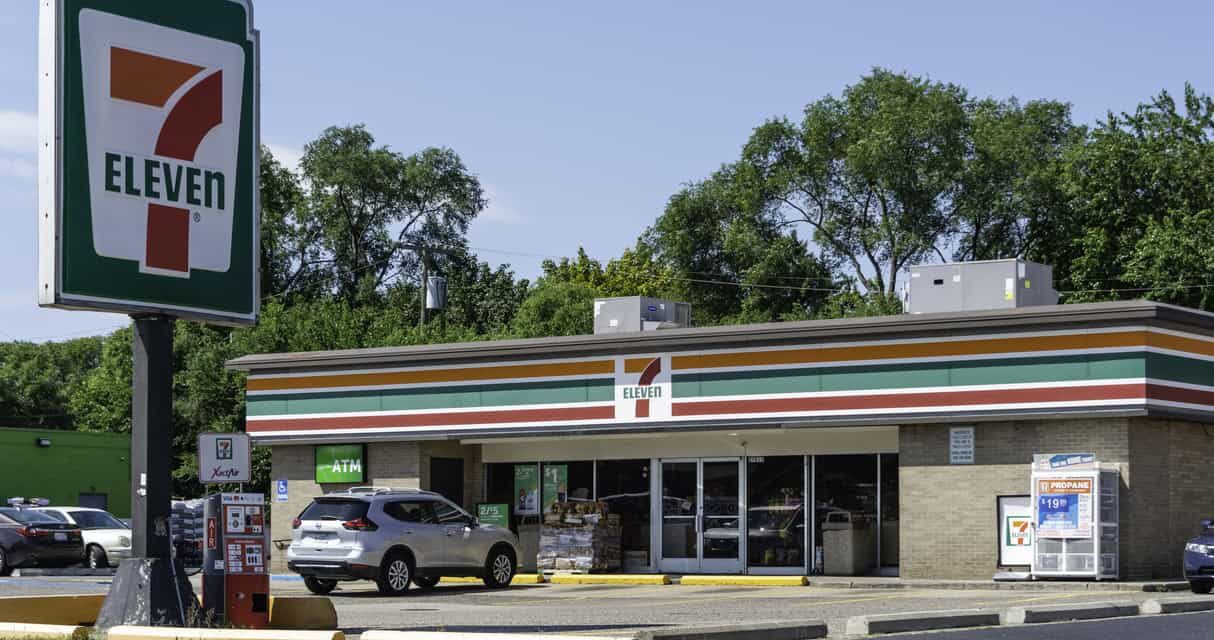iStock.com/RiverNorthPhotography
By Dennis Limmer
Source: retailwire.com, August 2024
7-Eleven Hawaiʻi has launched a new mobile app designed to enhance customer convenience and engagement, though it is currently available only at the 67 stores across Oʻahu, Maui, Kauaʻi, and Hawaiʻi Island. The app features mobile checkout, the 7Rewards loyalty program, and a new 7NOW service for pickup and delivery.
Users earn points through 7Rewards, with a 500-point bonus for first-time app users. The 7NOW service allows customers to order popular items like Spam Musubi and bento meals for pickup or delivery. Greg Hanna, CEO of 7-Eleven Hawaiʻi, stated in the company’s press release that the app aims to offer faster, more convenient shopping and exclusive benefits for local customers.
“The 7NOW feature allows them to access our products with just a few taps, while mobile checkout lets them skip the line for a faster and more convenient shopping experience,” Hanna explained. “This launch is a major step in our commitment to serving our Hawaiʻi communities with quality and convenience.”
It appears the retailer covered all the required bases of this region by providing everything a retail app should: loyalty/rewards, delivery services, and mobile checkout.
The reason this app is not available in the United States as a whole (and why promotions can’t cross over between them) is that in 1989, “7-Eleven Hawai‘i, Inc. [became] a locally operated company under the direction of 7-Eleven Japan,” according to its official 7-Eleven timeline.
As previously discussed, mobile commerce is quickly becoming an essential platform that is reshaping the retail landscape. Even with this foreknowledge, according to Digital Commerce 360’s database, not all retailers are selling through their mobile apps — even some from the e-commerce research company’s 2024 Top 1,000 Report, which ranks retailers in North America based on annual web sales.
Per Digital Commerce 360, “For retailers who had their own mobile apps, their median rank in the Top 1,000 Database was 209. Compare that with the median rank of retailers without apps, which was 584. In other words, retailers with their own mobile apps sold more online — on average — which in turn helped them rank higher in the database.”
MoEngage, a customer engagement platform, recently named seven retailers that have successfully created apps with “distinct niches in the app space because they focused on the primary benefit they could provide to their particular users.” The company noted that others have also “mastered the mobile user experience,” but these specific retailers used different approaches that are tailored to meet their consumers’ demands:
- Overstock: Known for its AR app that allows users to visualize furniture in their homes and pay with Google Pay.
- IKEA: Offers the IKEA Place app, which uses AR to show how furniture fits and looks in a room, including texture and lighting details.
- Starbucks: Provides an app for quick ordering, payment, and tipping that can also identify store music and add the songs to a Spotify playlist.
- Walgreens: Features an app that simplifies prescription refills, reminds users of refill needs, and includes a Pill Reminder feature.
- Home Depot: Enhances in-store shopping with an app that helps locate products, provides QR and barcode information, and allows access to reviews.
- Sephora: Uses its app for virtual makeovers, easy online shopping, and in-store enhancements like scanning for reviews and how-to videos.
- Oasis: Integrates its e-commerce site, mobile app, and physical stores, allowing sales associates to provide on-the-spot product information and manage stock orders directly.
Another example is how Zara’s app offers a sleek, user-friendly experience with features like Store Mode, which shows only in-store available items and allows for quick pickup with QR codes. The Click & Find feature helps locate items and check basket availability, while Click & Try lets users reserve fitting rooms and receive notifications when ready. Digital receipts are stored in the app, streamlining returns and reducing paper waste.
According to Grocery Dive, regional grocers can utilize their deep understanding of their more localized and concentrated customer bases to tailor their apps to meet shopper preferences, helping them stand out. By offering features that surpass those of their competitors, regional grocers can provide a more seamless digital shopping experience. “Even details as slight as the presentation and layout of the app can make a difference,” the outlet noted.
The new 7-Eleven Hawaiʻi app represents a step forward in enhancing the customer experience, though only for those who live in Hawaiʻi. Its launch is notable within the local market, leveraging convenience and tailored benefits for island residents.

